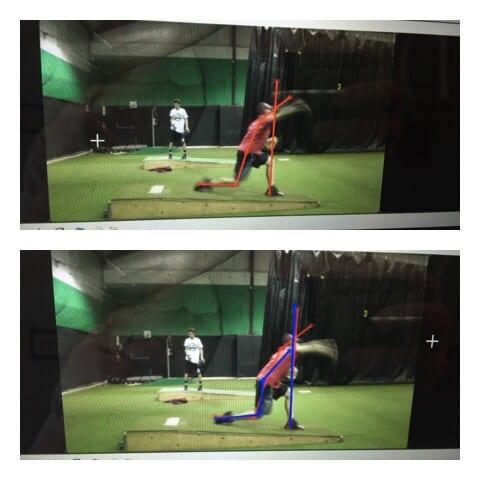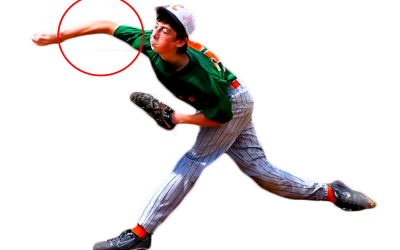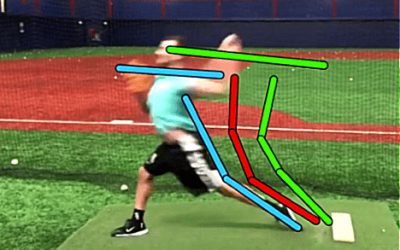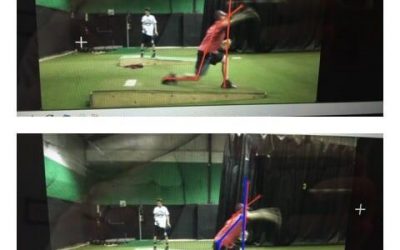
Movement Training vs Mechanical Training (and When to use each one)
Mechanics are just one step within a kinetic chain reaction (KCR). They work SPECIFICALLY and contradict human motor pattern sequencing – which works rhythmically. If movement (1) flow, (2) rhythm, (3) tempo, and (4) speed are changed at any point during KCR, the result is a redirection of energy. By breaking down the pitching delivery or swing into its most basic form (energy), we can see the positive or negative effect that mechanical redirections create, and that Movement training could correct.
Notice the back hip move and the loose arm action from this pro arm! Awesome stuff! Join the VeloPRO family today at https://t.co/dfnnXrejvI!#VeloPRO pic.twitter.com/BVUJGM8EIh
— VeloPro Baseball (@VeloProBaseblI) February 16, 2019
[tcb-script async=”” src=”https://platform.twitter.com/widgets.js” charset=”utf-8″][/tcb-script]
WHAT IS A MECHANIC?
A mechanical step is a robotic step within a delivery or swing. It is singled out by coaches in an effort to improve its movement path. However, this mentality ignores the overall movement PLANE and can potentially harm its timing, sync, and effectiveness within the overall KCR energy flow.
WHY MOVEMENT TRAINING?
A hitter or pitcher is trying to develop better performance results. They do this by increasing movement efficiencies that will develop higher rates of power, speed, and velocity. By improving muscle power and motor response times, an athlete can outperform the speed of the game. Movement training focuses upon the entire KCR by getting to the root of any ENERGY deficiency or issue.
[tcb-script async=”” src=”//www.instagram.com/embed.js”][/tcb-script]



